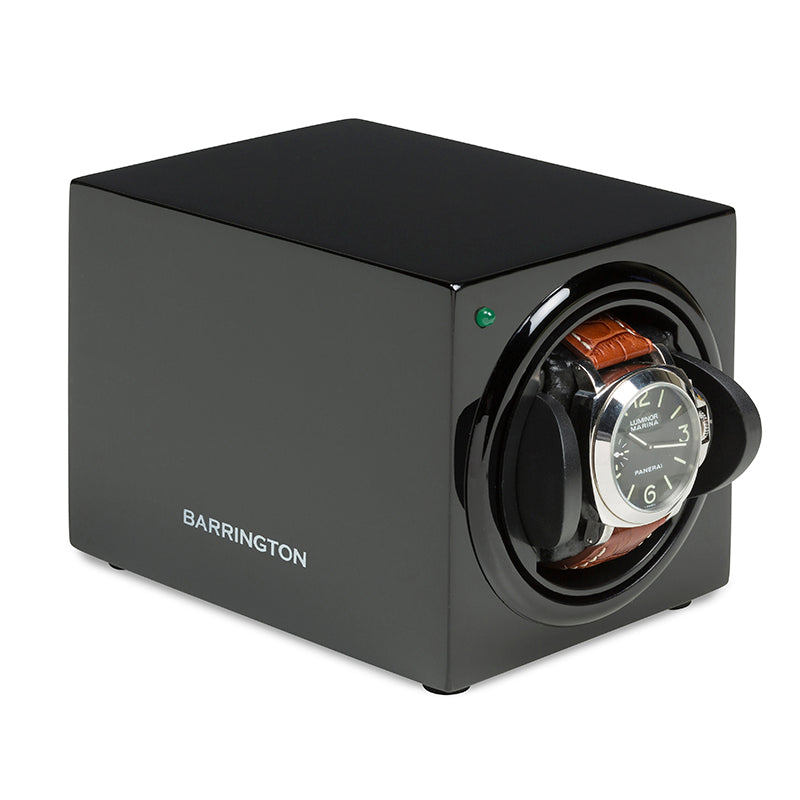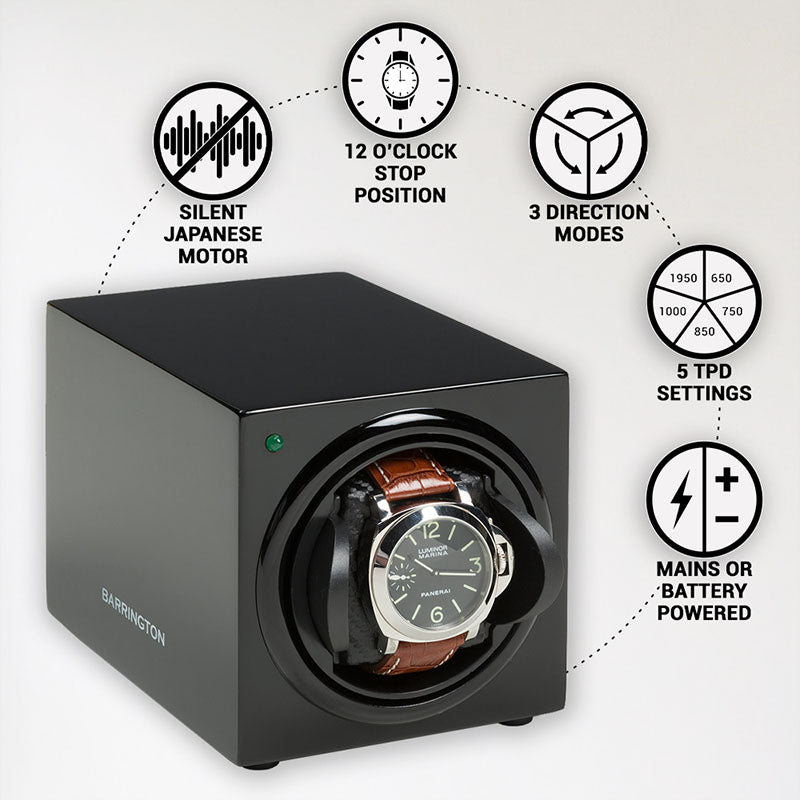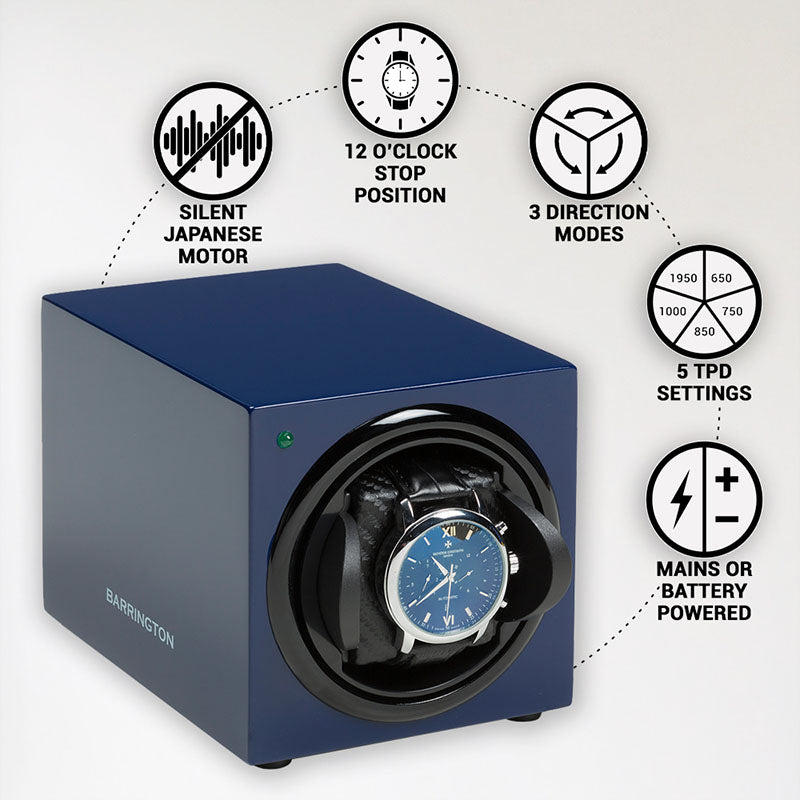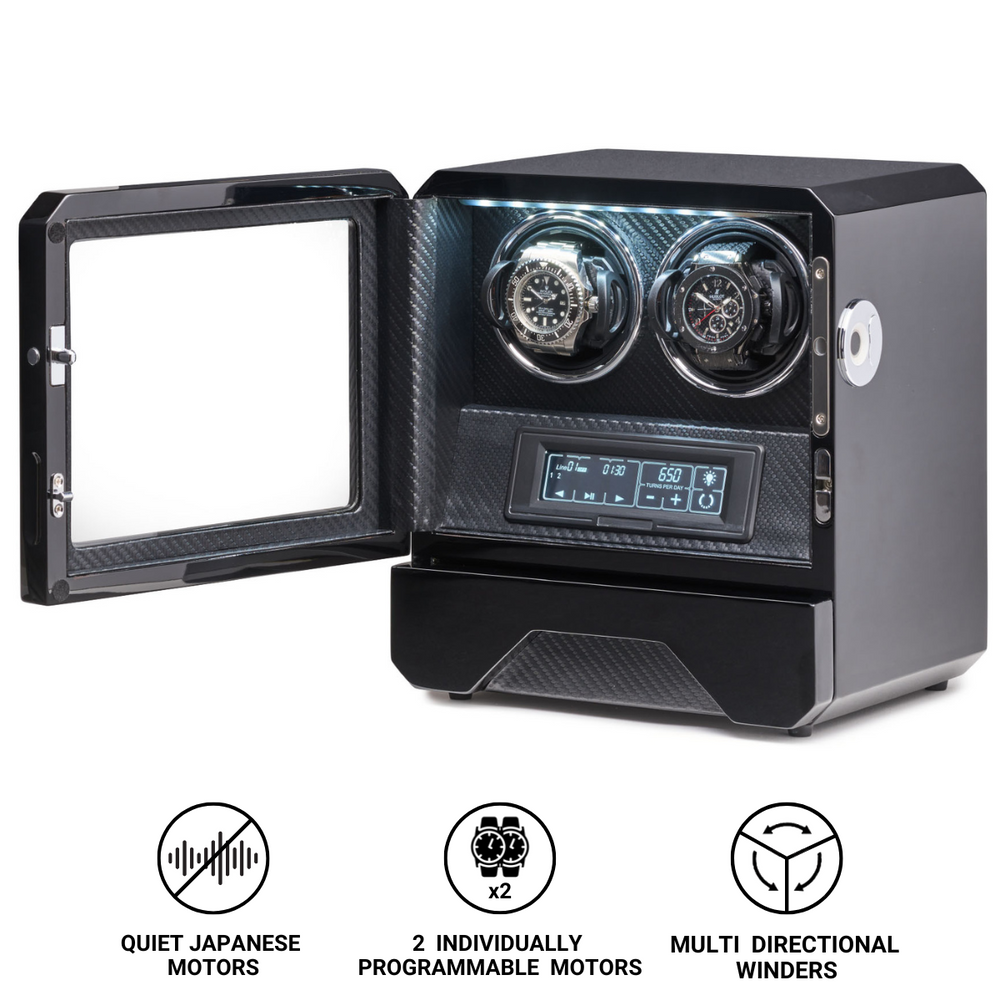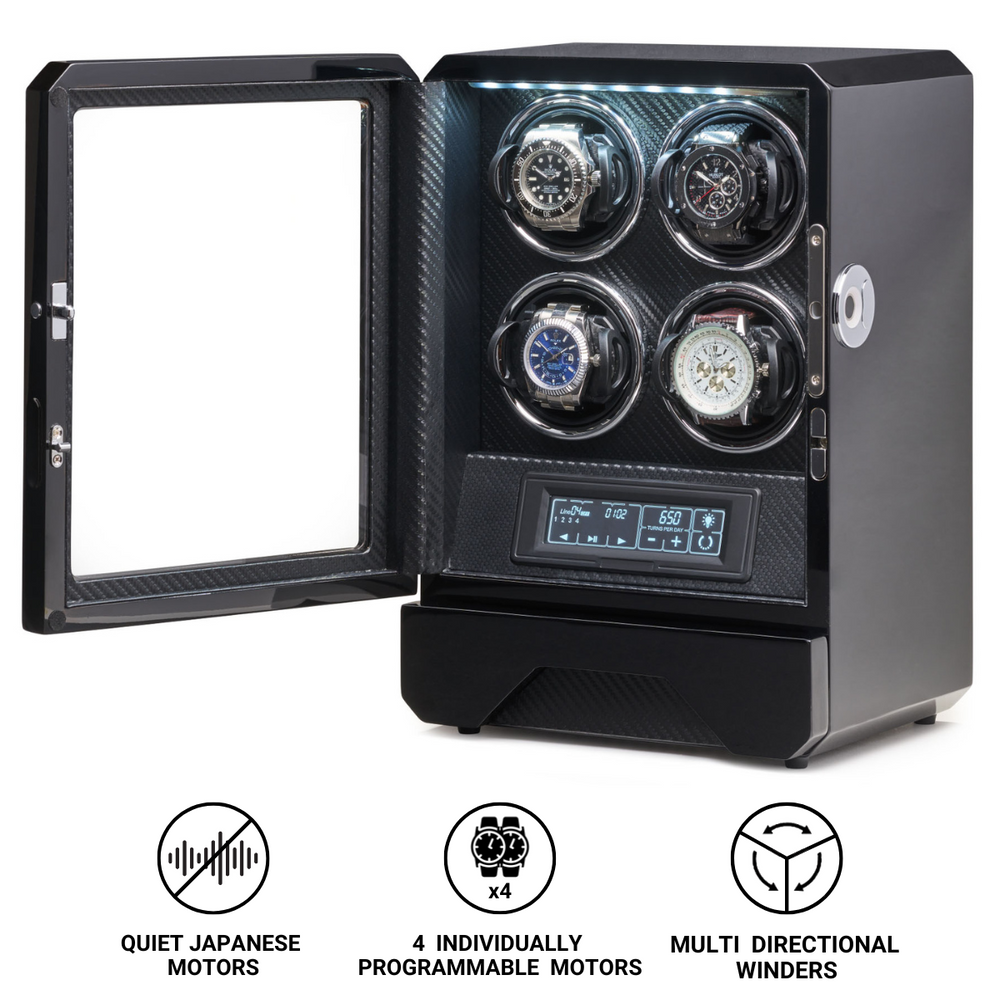What is Double Fold Clasp?
The double fold clasp, also known as the butterfly clasp, represents one of the most refined and practical developments in watch fastening technology. It combines strength, comfort, and symmetry in a mechanism that folds neatly in two directions, resembling the wings of a butterfly. The result is a secure closure that maintains the sleek aesthetic of the bracelet or strap while allowing for easy operation.
Unlike traditional pin buckles or single-fold deployment clasps, the double fold clasp provides improved balance and comfort on the wrist. It distributes tension evenly, reducing wear on the strap and offering a seamless appearance when closed. Whether found on a dress watch, sports model, or high-end complication, the double fold clasp embodies the union of engineering precision and timeless elegance.
The Origins of the Double Fold Clasp
The history of the double fold clasp is closely tied to the broader evolution of watch bracelets and fastening mechanisms. In the early 20th century, most wristwatches used simple tang buckles, similar to those found on belts. These were functional but less suited to the growing popularity of metal bracelets and luxury timepieces that demanded a more sophisticated and durable closure.
By the mid-20th century, the deployment clasp emerged as an innovation designed to protect straps from excessive bending and wear. Patented by Louis Cartier in 1910, the deployment clasp introduced a folding metal mechanism that allowed a strap to open and close gracefully without the repeated stress of threading through a buckle pin.
As wristwatches became more diverse in design, manufacturers sought ways to refine the deployment clasp for improved ergonomics and symmetry. The double fold clasp was the result of this pursuit. Its symmetrical twin folding blades made it easier to open and close the watch, provided greater security, and enhanced the visual balance of the bracelet.
By the 1970s, the double fold clasp had become a standard feature on many luxury watches, particularly those with integrated metal bracelets. It symbolised modern engineering and luxury craftsmanship, combining practicality with a clean, uninterrupted design.
How the Double Fold Clasp Works
The double fold clasp consists of two hinged folding arms, or blades, that fold inward toward the centre of the clasp. When closed, they lock securely into place, often using push-button mechanisms or friction-based systems.
The process of fastening and unfastening is intuitive:
-
Closing the Clasp
The wearer folds each side of the clasp toward the centre until it clicks into position. The folding arms interlock and hold the bracelet or strap snugly around the wrist. -
Opening the Clasp
To release it, the wearer typically presses small push buttons located on the sides of the clasp. This disengages the locking system and allows both arms to unfold smoothly, freeing the watch from the wrist.
Because the mechanism folds symmetrically, the double fold clasp sits flat and evenly centred on the wrist. This not only improves comfort but also enhances balance, preventing the watch from rotating or slipping during wear.
Advantages of the Double Fold Clasp
The double fold clasp offers several advantages that make it one of the most popular fastening systems in contemporary watchmaking.
-
Security and Durability
The clasp locks firmly in place, reducing the risk of accidental opening. The dual folding system adds redundancy, as both blades must release for the clasp to open fully. This makes it particularly suitable for high-value or heavy watches that require additional protection. -
Comfort and Ergonomics
The symmetrical folding design ensures even weight distribution across the wrist. The smooth, curved construction prevents pinching or irritation, providing a more natural fit than traditional buckles or single-fold clasps. -
Aesthetic Elegance
When closed, the double fold clasp is virtually invisible, maintaining the continuous line of the bracelet or strap. This minimalist appearance complements both dress and sports watches, allowing the design to remain the focal point. -
Ease of Use
Opening and closing the clasp requires minimal effort, often achievable with one hand. The mechanism provides tactile feedback and a satisfying click when locked, reinforcing confidence in its security. -
Preservation of the Strap
By eliminating the need to bend or thread the strap through holes, the double fold clasp prolongs the lifespan of leather, rubber, and textile straps. This feature is particularly valuable in high-end watches where the strap is integral to the overall design.
Types and Variations of Double Fold Clasps
Over the decades, watchmakers have developed various interpretations of the double fold clasp, each tailored to their design philosophy and technical requirements.
-
Push-Button Double Fold Clasp
The most common modern version features push buttons on either side that release the locking mechanism when pressed simultaneously. This system ensures security and prevents accidental opening. It is used by brands such as Omega, TAG Heuer, and Grand Seiko for its practicality and reliability. -
Hidden or Invisible Double Fold Clasp
Designed for maximum elegance, this variation conceals the mechanism completely beneath the bracelet or strap. When closed, only a seamless metal surface remains visible. It is often found on luxury dress watches from Patek Philippe or Vacheron Constantin, where visual purity is paramount. -
Friction-Lock Double Fold Clasp
Some clasps rely on precise mechanical tolerances and tension rather than buttons for closure. They provide a cleaner design but require greater precision in manufacturing to ensure consistent security over time. -
Micro-Adjustment Double Fold Clasp
Used primarily in sports and diving watches, this version includes a built-in adjustment system that allows the wearer to fine-tune the bracelet length without tools. Brands such as Rolex, Tudor, and Omega have developed proprietary mechanisms that enable expansion or contraction by a few millimetres to accommodate wrist swelling due to temperature or activity. -
Combination Clasps
Certain designs incorporate features of both single and double fold clasps or include safety locks that add extra layers of protection for professional or high-stress applications.
Each variation reflects a specific balance between practicality, security, and aesthetic preference, allowing manufacturers to tailor the clasp to their brand identity and target audience.
Materials and Craftsmanship
The quality and performance of a double fold clasp depend heavily on the materials and craftsmanship involved. High-end versions are typically made from stainless steel, titanium, or precious metals such as gold or platinum. The choice of material must balance strength, corrosion resistance, and aesthetic harmony with the rest of the watch.
In luxury watches, the clasp is finished with the same care and attention as the case and bracelet. Techniques such as brushing, polishing, beveling, and engraving are employed to ensure visual continuity. Some brands, like Audemars Piguet and Richard Mille, integrate their logos or motifs subtly into the clasp design, transforming it into a signature element of the watch.
Precision machining is crucial to achieve smooth operation and secure locking. Tolerances are often measured in microns, ensuring the clasp opens and closes flawlessly without play or misalignment. The hinges and joints must be robust yet fluid, offering a sense of refinement in motion.
The Double Fold Clasp in Different Watch Categories
The versatility of the double fold clasp has made it a staple across all segments of the watch industry.
In dress watches, it provides understated sophistication, preserving the fluid lines of fine leather straps or metal bracelets. The hidden clasp variant, in particular, enhances the elegance of slim, minimalist designs by keeping the closure virtually invisible.
In sports and diving watches, the double fold clasp ensures reliability and security even in demanding environments. Its strength and ease of operation make it ideal for active wear, while modern versions with micro-adjustments accommodate wetsuits or fluctuating wrist sizes.
For high-complication and haute horlogerie pieces, the clasp becomes part of the overall artistry. Watchmakers may employ hand-finishing, precious metals, or engraved emblems to elevate it from a functional component to a decorative feature worthy of the movement it accompanies.
Comparison with Other Clasp Types
To fully appreciate the benefits of the double fold clasp, it is helpful to compare it with other common fastening systems.
-
Single Fold (Deployment) Clasp
A single fold clasp uses one hinged arm to close the bracelet. It offers simplicity and reliability but can be slightly less balanced than a double fold design, particularly on larger watches. -
Tang Buckle
The traditional tang buckle is favoured for its vintage charm and lightness. However, it lacks the security and longevity of a double fold clasp, especially on luxury or heavy watches. -
Velcro or Hook-and-Loop Systems
Found on professional tool watches or racing chronographs, these offer quick adjustment but lack the refinement and permanence of a double fold clasp.
The double fold clasp effectively combines the strengths of all these systems while mitigating their weaknesses, providing an ideal balance of form, function, and durability.
Maintenance and Care
While double fold clasps are engineered for longevity, they still require periodic maintenance to ensure smooth operation. Dust, moisture, or debris can accumulate in the hinges, causing stiffness or wear. Cleaning with a soft brush and mild soap solution is usually sufficient, followed by drying with a microfiber cloth.
For watches exposed to saltwater or perspiration, regular rinsing is recommended to prevent corrosion, even on stainless steel clasps. Over time, the internal springs or push buttons may lose tension, and professional servicing can restore their precision.
Leather straps with double fold clasps should be checked for signs of wear near the attachment points, as repeated flexing can cause gradual weakening.
The Symbolism and Appeal of the Double Fold Clasp
Beyond its mechanical purpose, the double fold clasp symbolises modernity, symmetry, and understated luxury. It reflects the watchmaker’s pursuit of refinement, where even the smallest component is engineered for perfection. The clean, seamless closure represents the balance between strength and elegance that defines fine watchmaking.
To many enthusiasts, the tactile experience of snapping a double fold clasp shut is part of the ritual of wearing a watch. The soft click of precision-machined metal conveys assurance, craftsmanship, and continuity—a momentary connection between wearer and maker.
Conclusion
The double fold clasp stands as a masterpiece of practical engineering and aesthetic design. Its twin folding mechanism provides unparalleled comfort, balance, and security, while its refined construction enhances the beauty of any watch it accompanies.
From vintage-inspired dress watches to cutting-edge diving instruments, the double fold clasp embodies the enduring principles of horology: innovation, precision, and elegance. It is a reminder that in fine watchmaking, even the smallest details—like the way a clasp folds and locks—can transform the experience of wearing time itself into something enduring, harmonious, and artfully complete.


